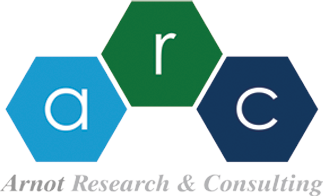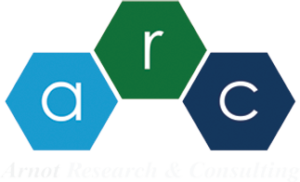ARC Arnot Research & Consulting strives to improve the scientific understanding of the potential hazards and risks chemicals may cause to humans and the environment.
Several thousand chemicals are currently used in society and thousands of new chemicals are developed annually. Globally, legislative programs seek to identify and regulate chemicals that pose hazards and unacceptable risks to humans and the environment. Scientific methods, data, tools and expertise are required to identify chemical hazards and minimize the potential for unacceptable risks to humans and ecosystems.
Our research includes:
-The evaluation of chemicals for potential harmful effects to humans and the environment through hazard (“PBT”), exposure and risk assessment.
– The development, critical evaluation and application of databases, mass balance models and Quantitative Structure-Activity Relationships (QSARs).
We collaborate with colleagues in academia, industry and government.



